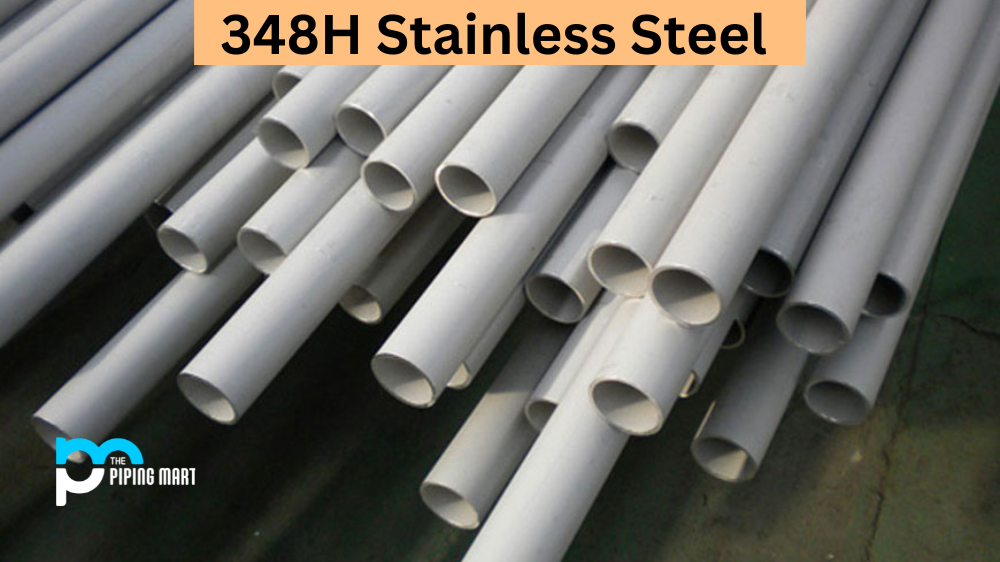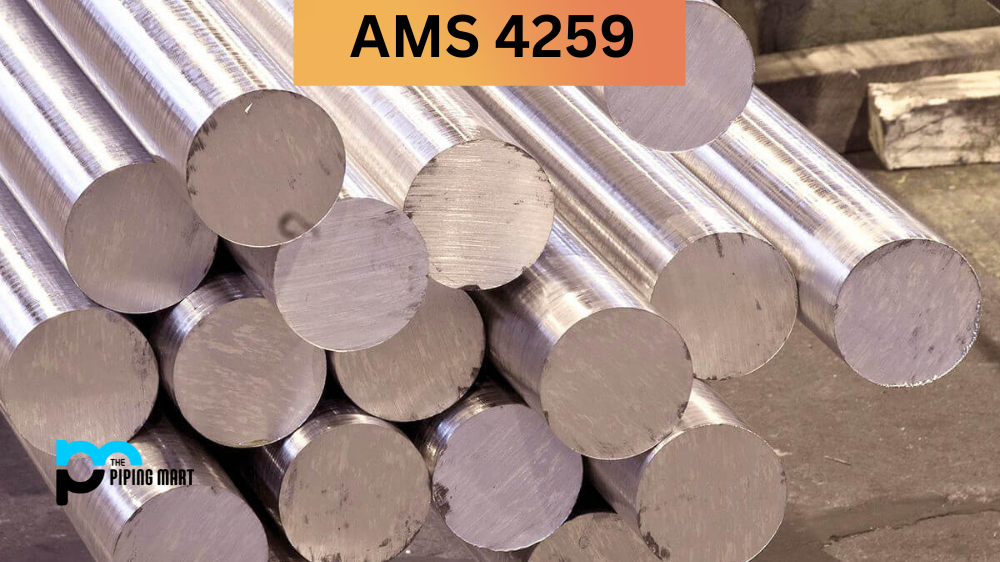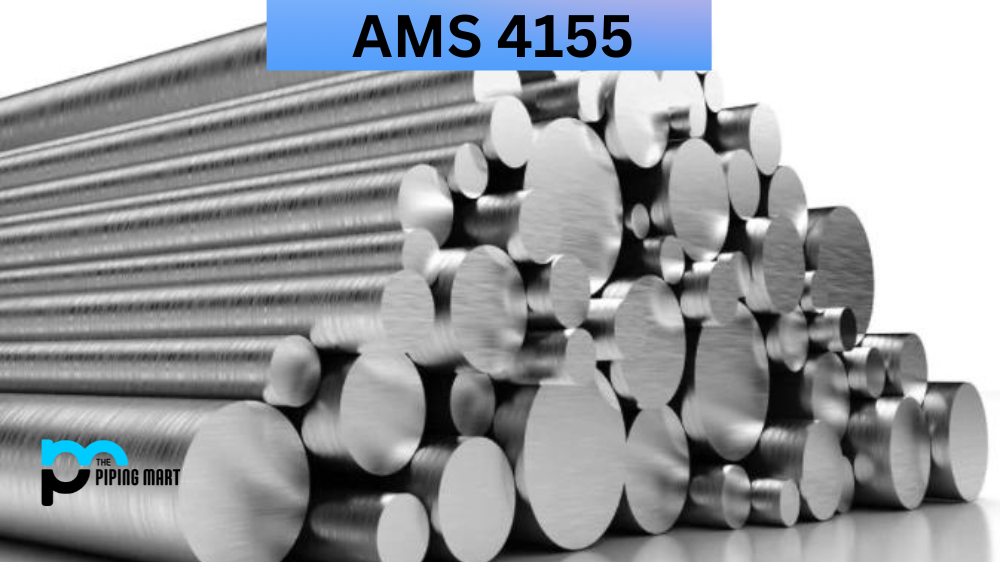Stainless steel is a popular alloy that finds its application in various industries. It is an alloy of iron, carbon, and other elements that improve its durability and corrosion resistance. One of the most used stainless steel in the industry is 12c27. This alloy is widely used in manufacturing knives, razor blades, and surgical instruments. In this blog, we will dive into the composition, properties, and applications of 12c27 stainless steel.
12C27 Stainless Steel Composition
Sandvik 12C27 is a type of martensitic stainless steel that belongs to the family of STC (Swedish Stainless Steel Corporation) steels. It has a high carbon content of 0.6-0.75% and a significant amount of chromium (13.5-14.5%). Carbon makes the alloy hard and robust, while chromium enhances its corrosion resistance. Additionally, the alloy contains molybdenum, which improves its strength, toughness, and machinability.
| C | Si | Mn | P | S | Cr |
|---|---|---|---|---|---|
| 0.6 | 0.4 | 0.4 | ≤0.025 | ≤0.010 | 13.5 |
12C27 Stainless Steel Physical Properties
The physical properties of Sandvik 12C27 are impressive. It has a density of 7.7 grams/cm3, a melting point of 1430°C, and a thermal expansion coefficient of 10.5×10-6. Additionally, it has high electrical and thermal conductivity, making it a good choice for electrical and heat transfer applications.
12C27 Stainless Steel Mechanical Properties
As mentioned earlier, Sandvik 12C27 is a hard and tough alloy. It has a high tensile strength of 800-1000MPa and a yield strength of 400-500MPa. The alloy also exhibits excellent wear resistance, making it an ideal choice for cutting and slicing applications.
| Mechanical Properties | Original Value | Comments | |
|---|---|---|---|
| Hardness, Rockwell B | <= 94.3 | soft annealed | |
| 91.4 – 103.4 | annealed | ||
| 94.3 – 106.6 | cold rolled | ||
| Hardness, Rockwell C | 53.6 | tempering temperature- 350°C | |
| 59.8 | tempering temperature- 150°C | ||
| Hardness, Vickers | <= 215 | soft annealed | |
| 200 – 270 | annealed | ||
| 215 – 315 | cold rolled | ||
| Tensile Strength | <= 700 MPa | soft annealed | |
| 650 – 850 MPa | annealed | ||
| 700 – 1000 MPa | cold rolled | ||
12C27 Stainless Steel Uses
The combination of its mechanical and physical properties makes 12c27 stainless steel an ideal alloy for various applications. It is widely used in the manufacturing of kitchen knives, outdoor knives, and pocket knives, owing to its hardness, toughness, and wear resistance. Additionally, it is used in manufacturing surgical instruments and dental tools due to its corrosion resistance and biocompatibility.
12C27 Stainless Steel Hardness
One of the remarkable properties of 12c27 stainless steel is its hardness. Its hardness is 55-60 HRC, making it an incredibly tough and durable alloy. Hardness is crucial in applications such as blades and knives, where the cutting edge should retain its sharpness even after extensive use.
12C27 Stainless Steel Heat treatment
Heat treatment is crucial in improving the properties of Sandvik 12C27. The steel undergoes heating to 1010-1120°C temperatures, then quenched in oil to harden it. Subsequently, it undergoes tempering to improve its toughness and reduce its brittleness.
12C27 Stainless Steel Welding
Welding can be challenging when it comes to 12c27 stainless steel. The high carbon content can cause carbide precipitation, affecting the weld’s strength. Therefore, it is recommended that the steel is preheated to 150-200°C, welded with low heat input, and undergo post-weld heat treatment to avoid such problems.
12C27 Stainless Steel Corrosion Resistant
Last but not least is the corrosion resistance of 12c27 stainless steel. As martensitic stainless steel, it exhibits good corrosion resistance in mild and low chloride environments. However, prolonged exposure to high chloride environments can result in pitting and crevice corrosion.
Conclusion
In conclusion, 12c27 stainless steel is an essential alloy in various industries. Its high carbon and chromium content make it complex, challenging, and corrosion-resistant. It finds its application in manufacturing knives, surgical tools, and other cutting tools. The alloy’s performance can be further improved through heat treatment, but it can be challenging to weld due to carbide precipitation. 12c27 stainless steel has proven to be an ideal choice for applications where hardness, toughness, and wear resistance are crucial.

Abhishek is a seasoned blogger and industry expert, sharing his insights and knowledge on various topics. With his research, Abhishek offers valuable insights and tips for professionals and enthusiasts. Follow him for expert advice on the latest trends and developments in the metal industry.




